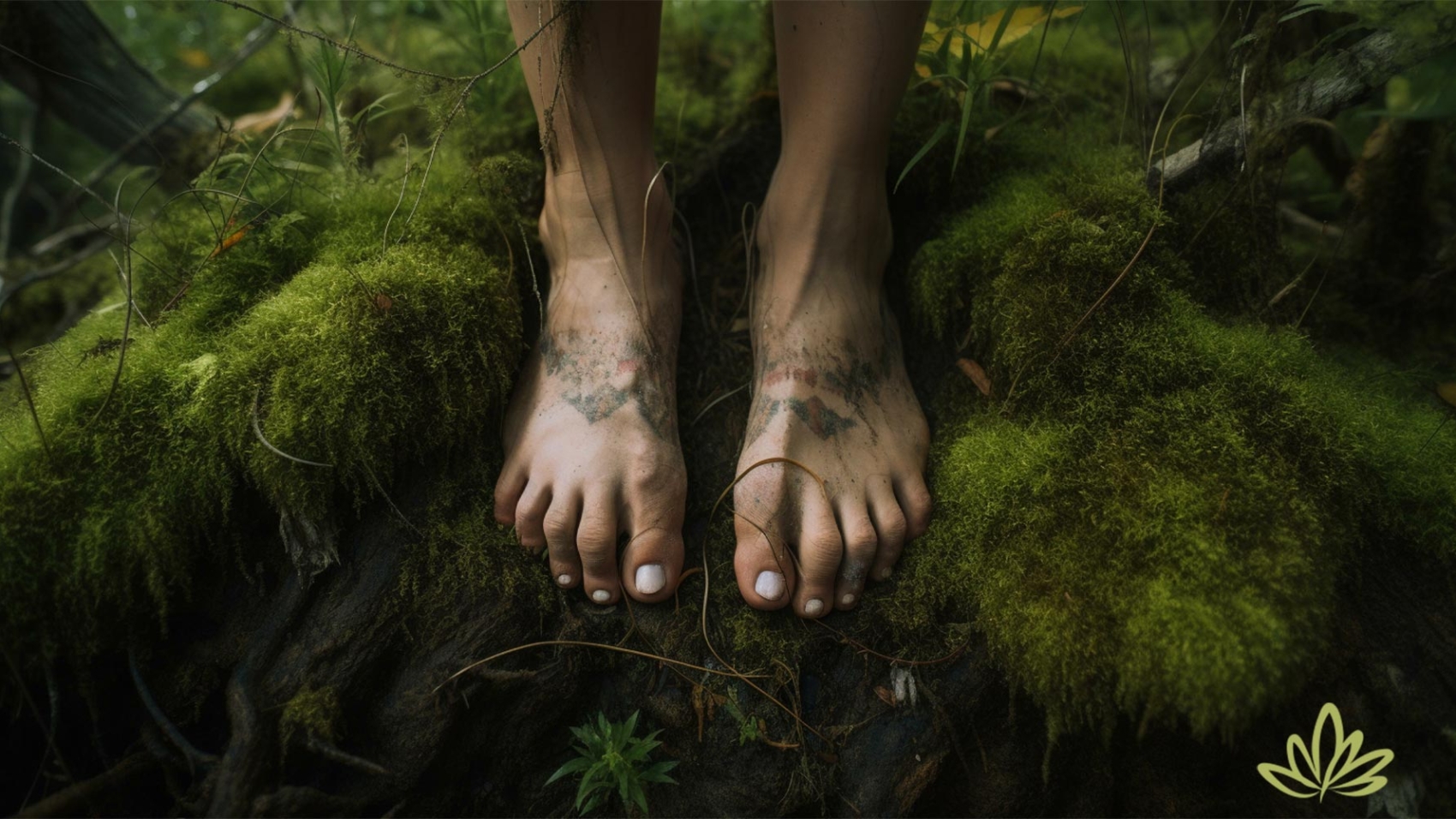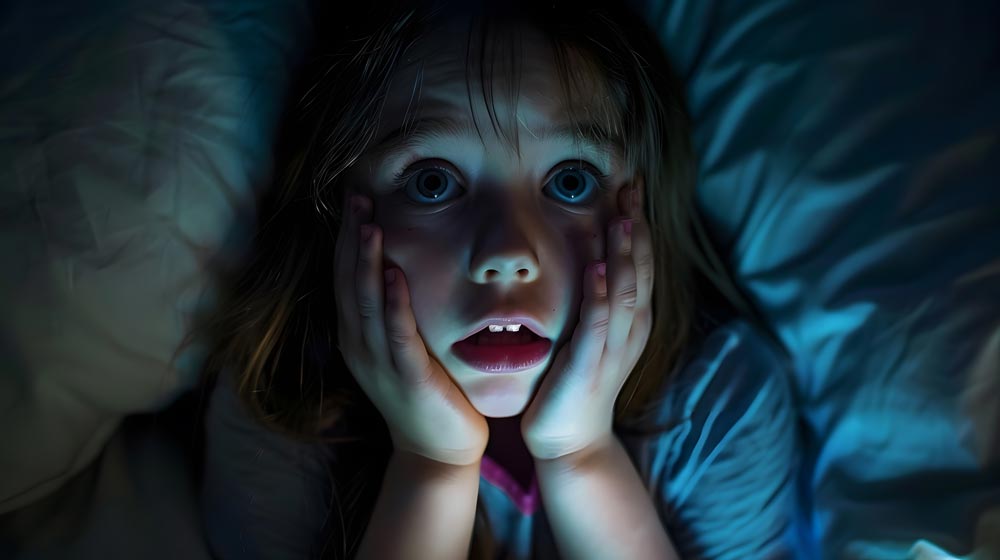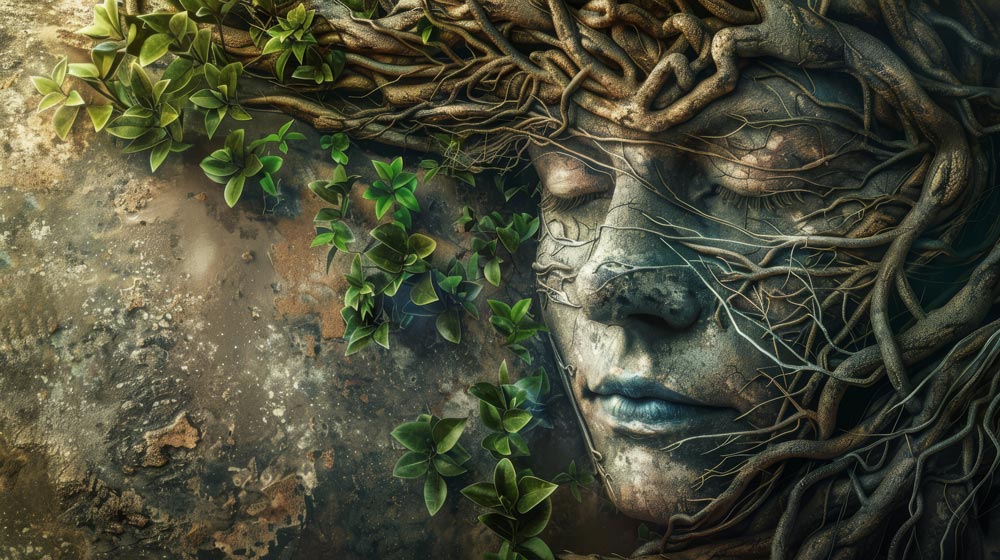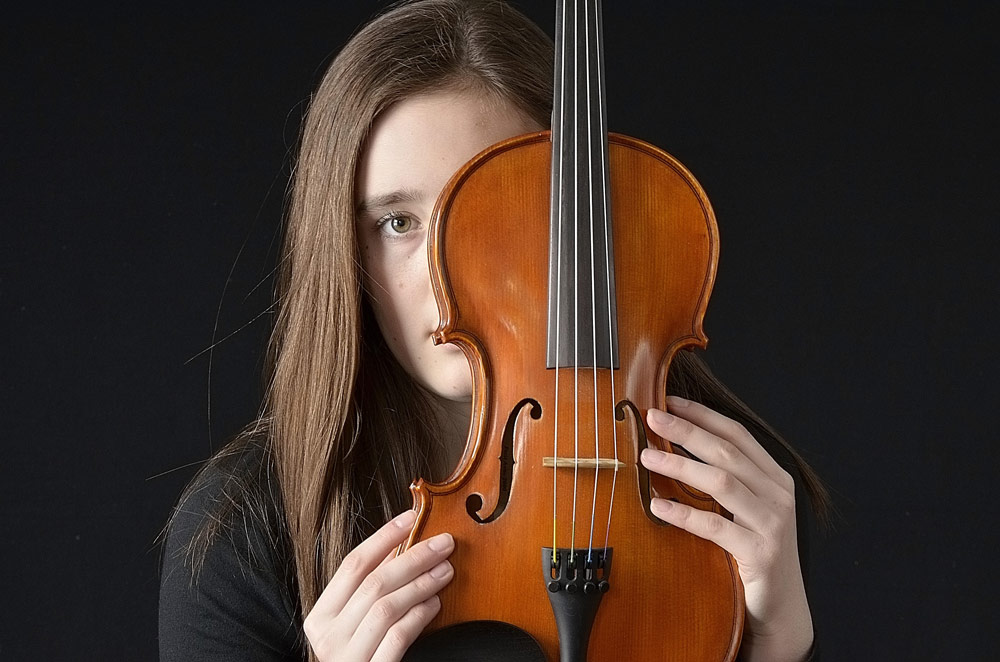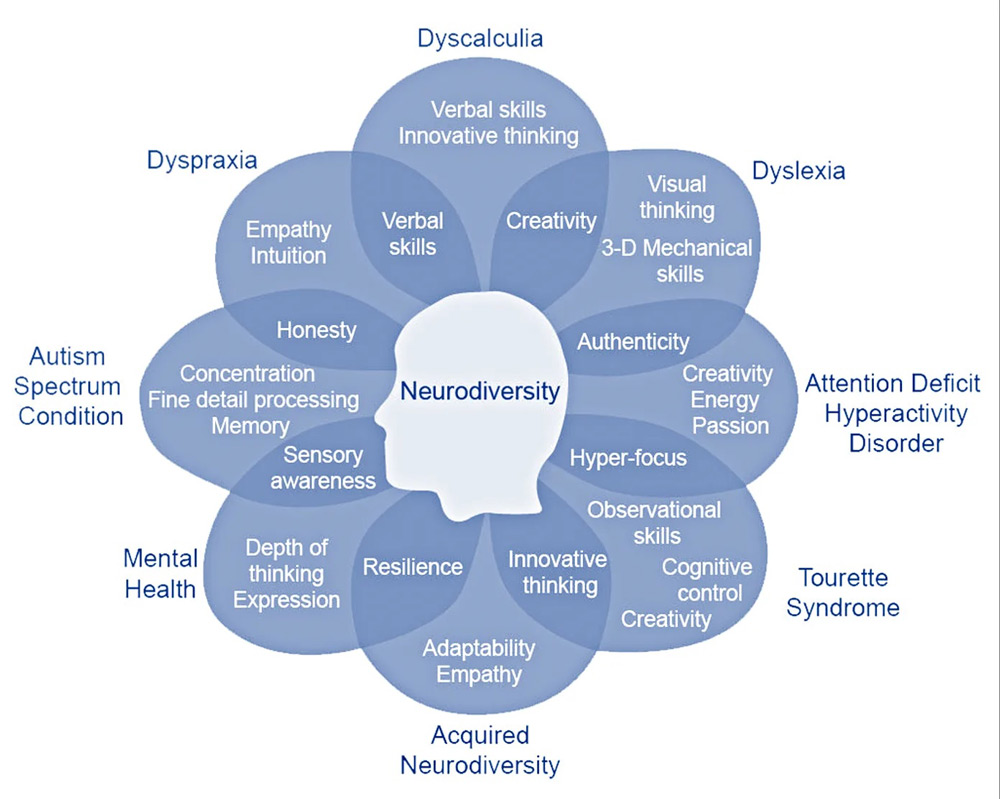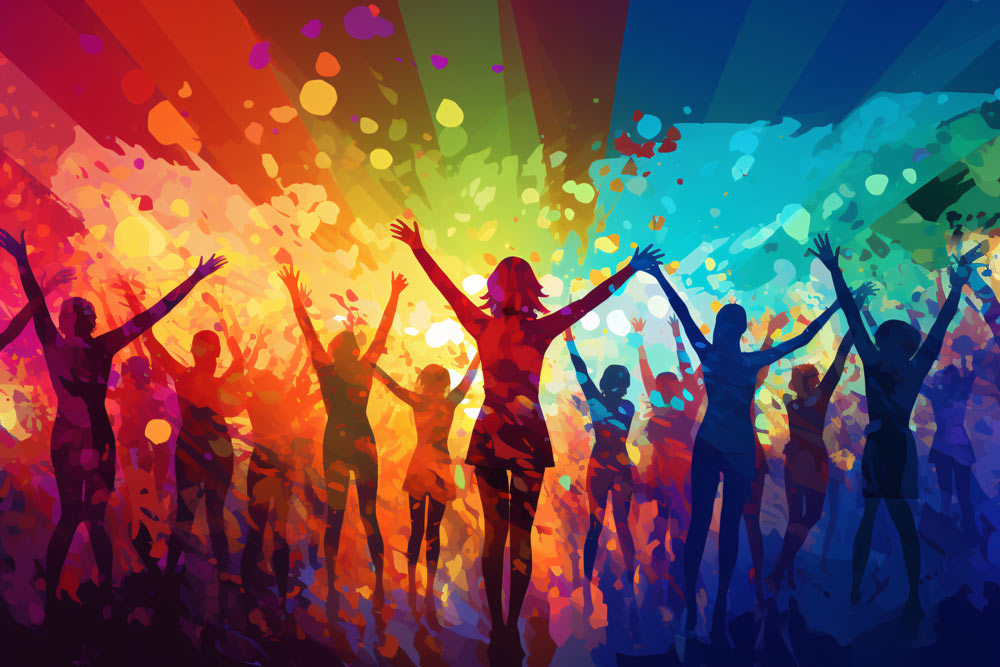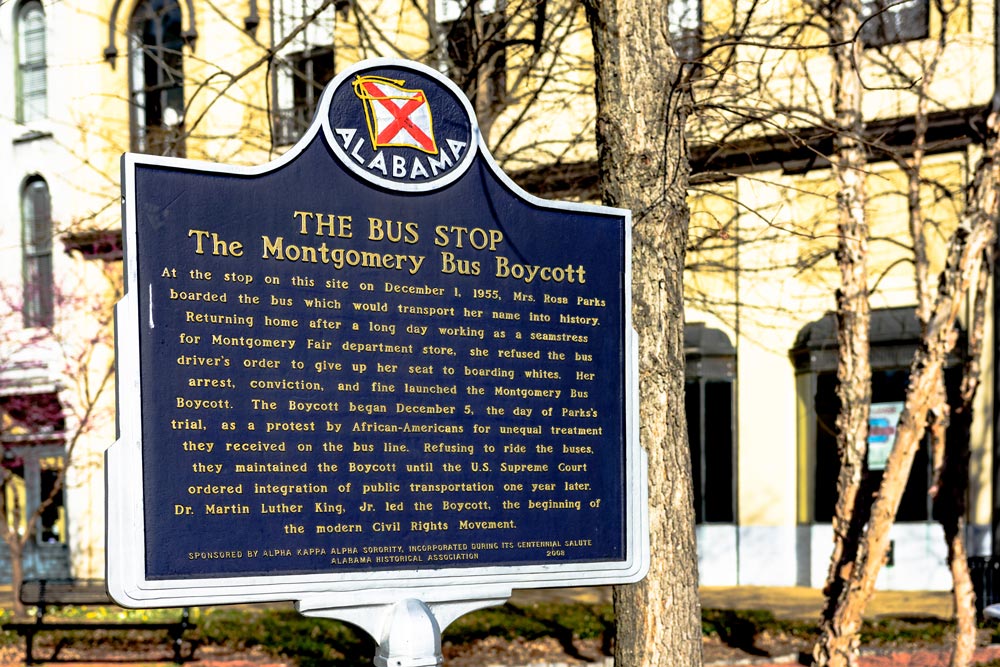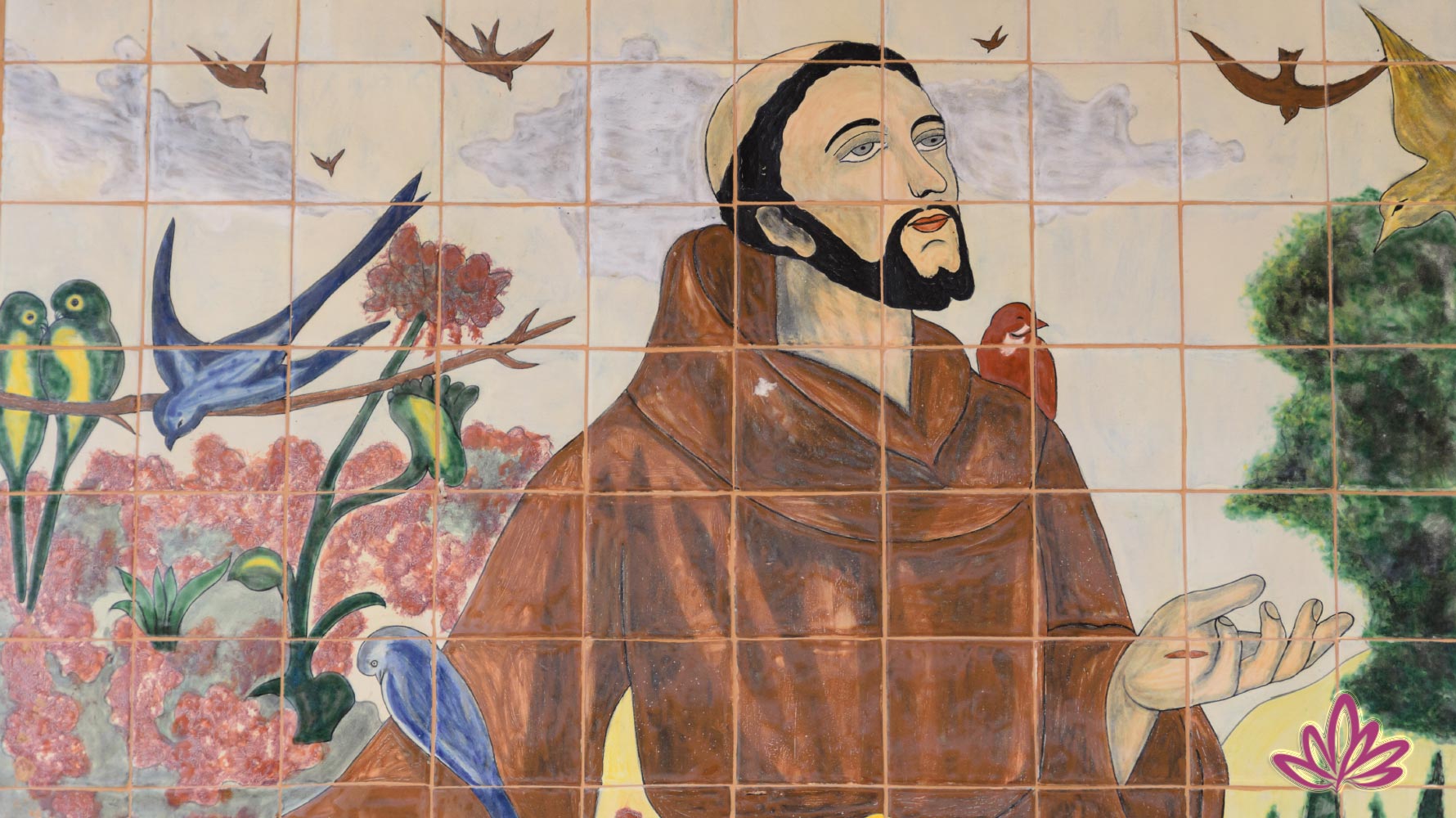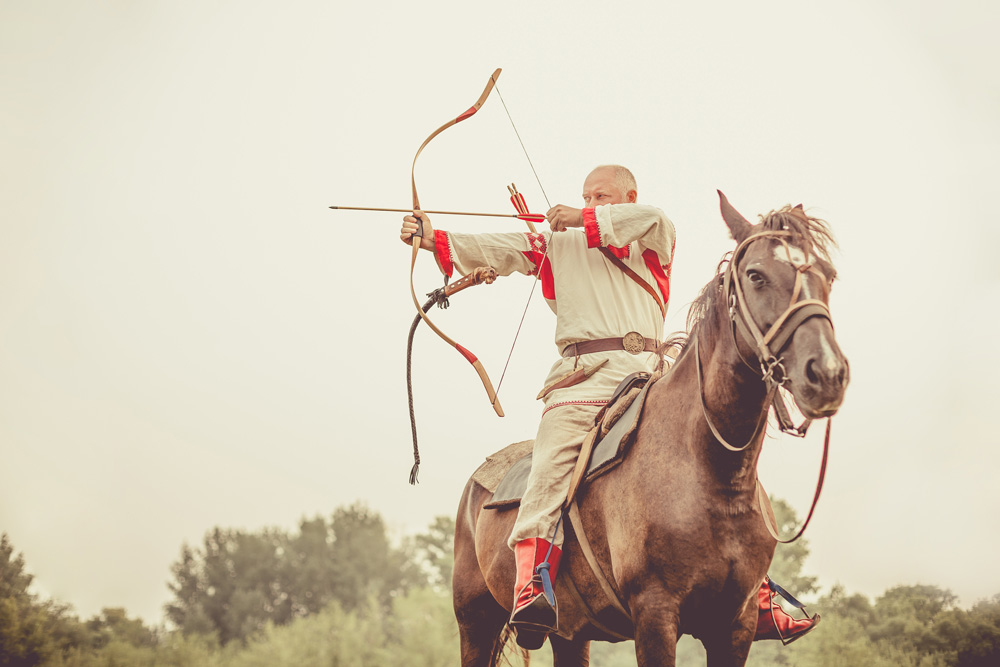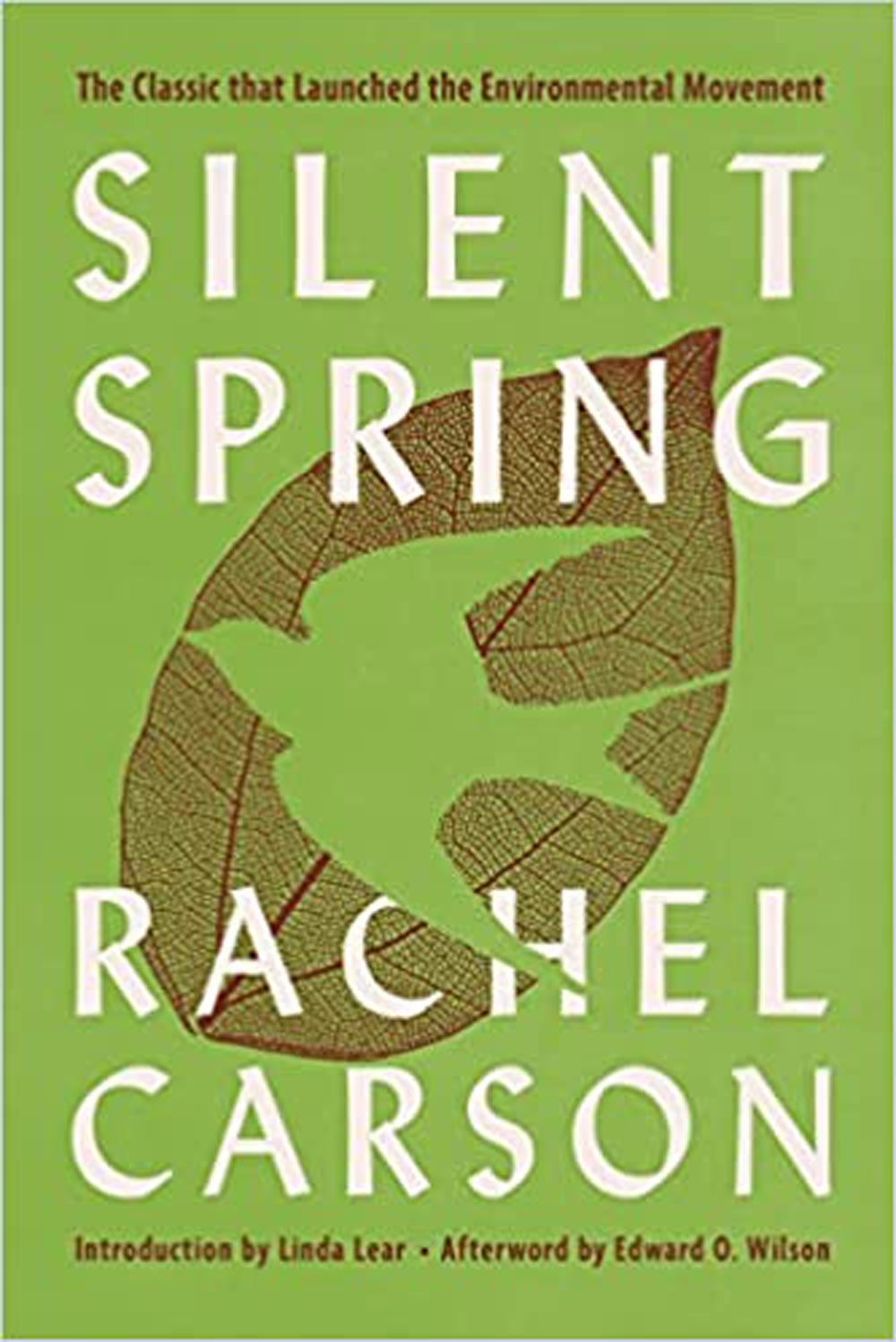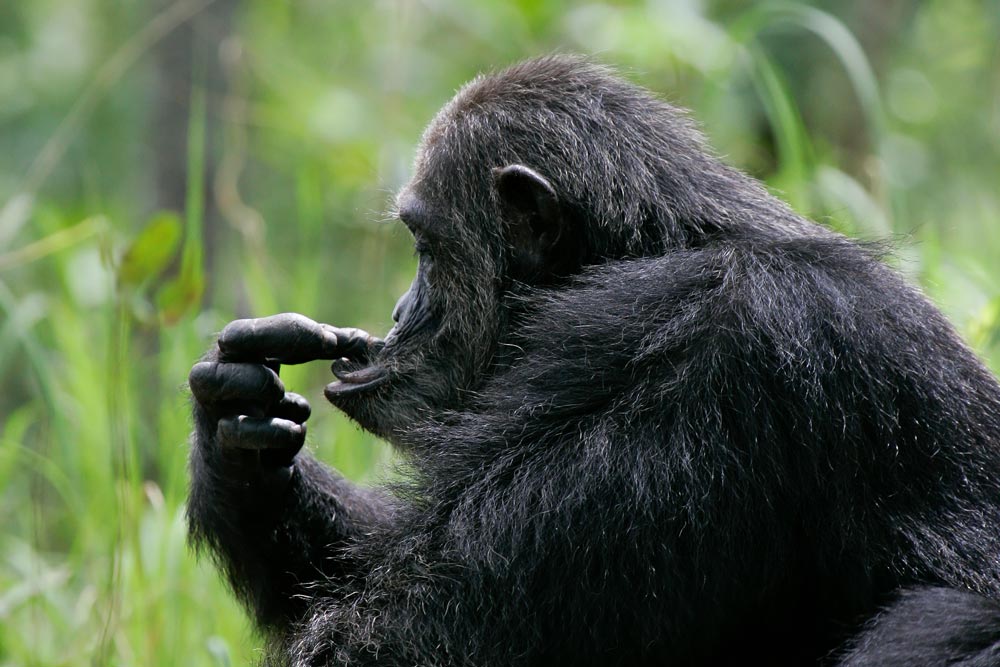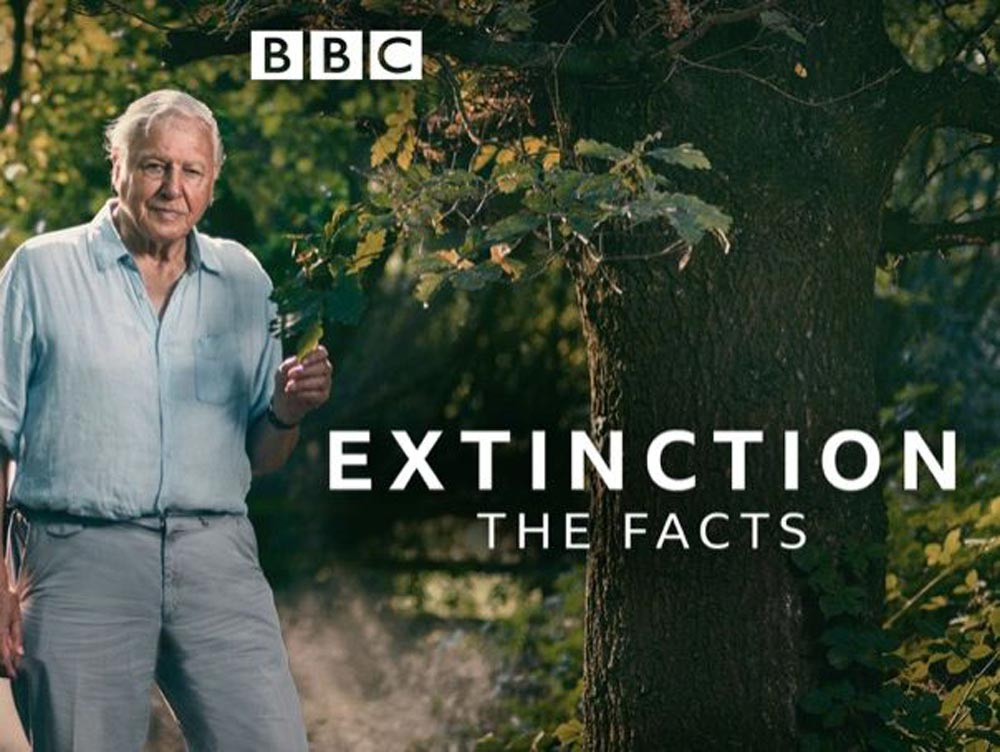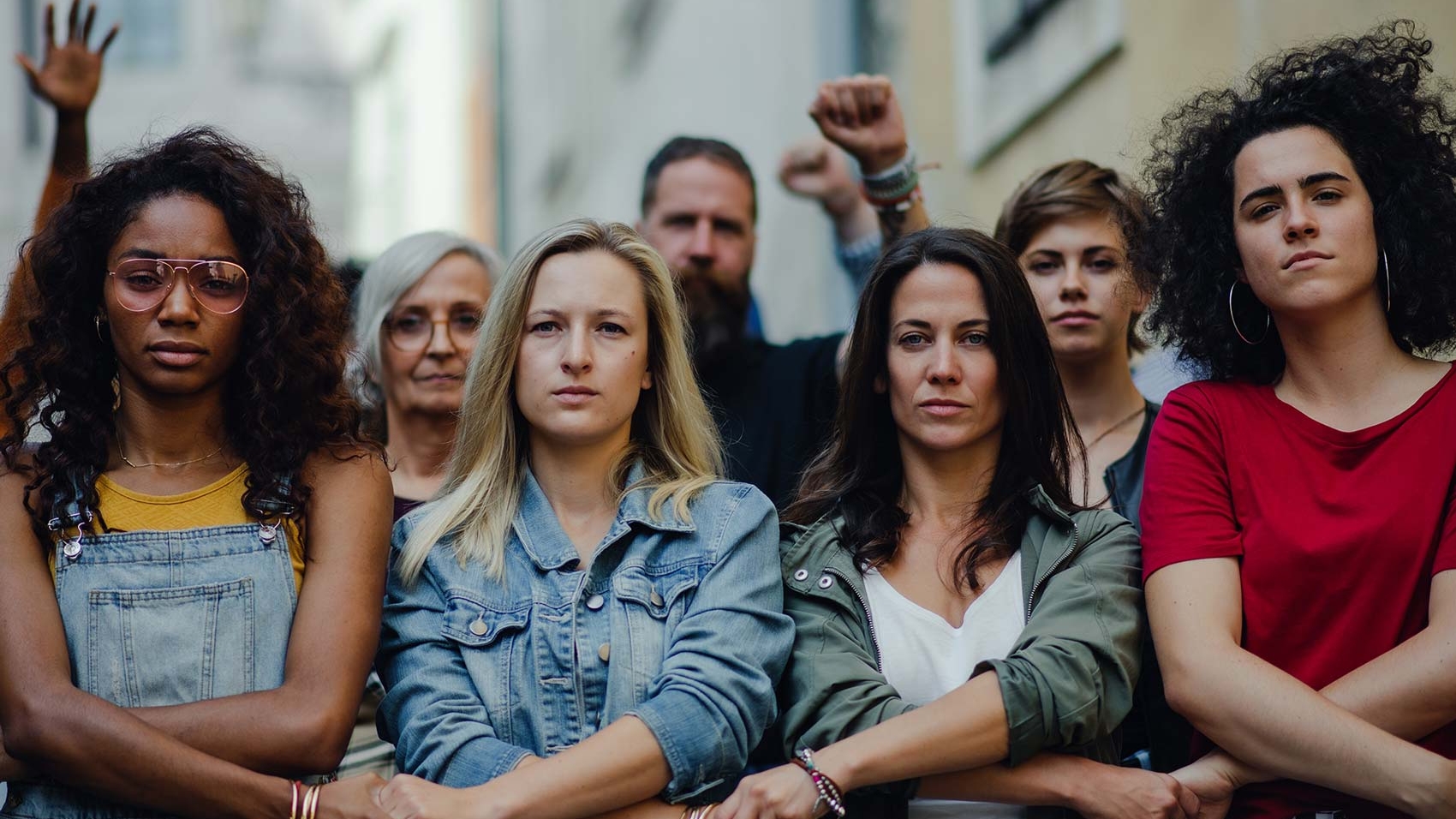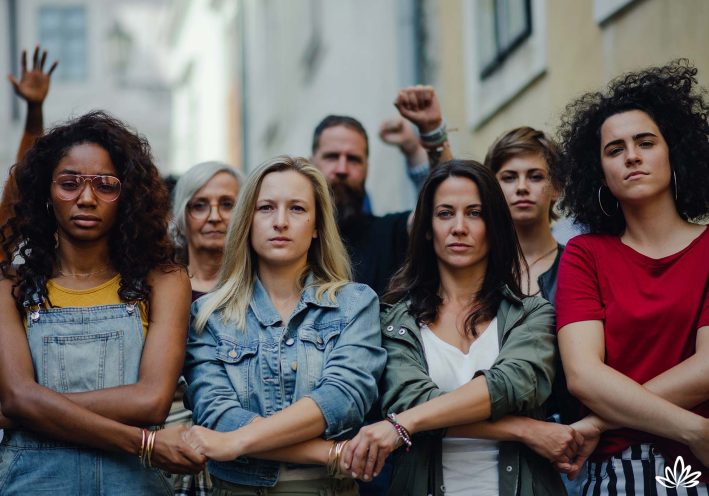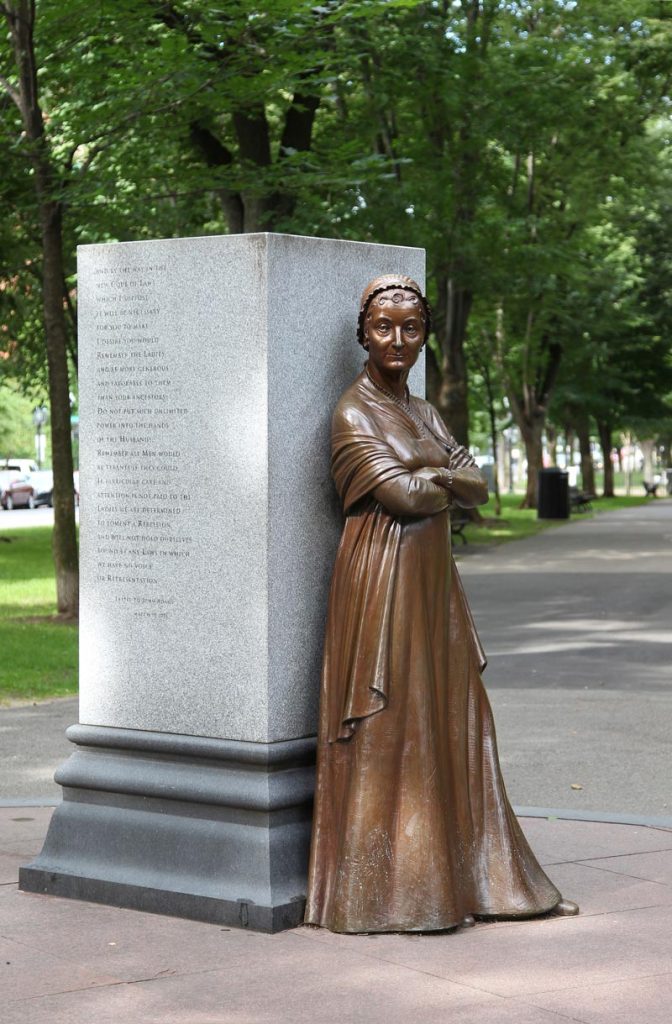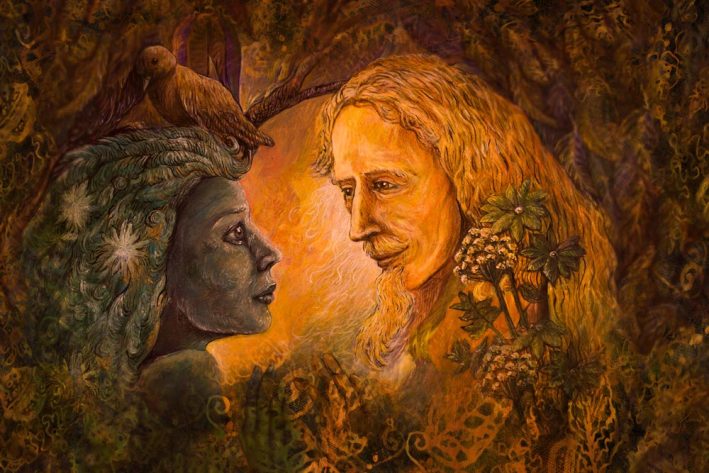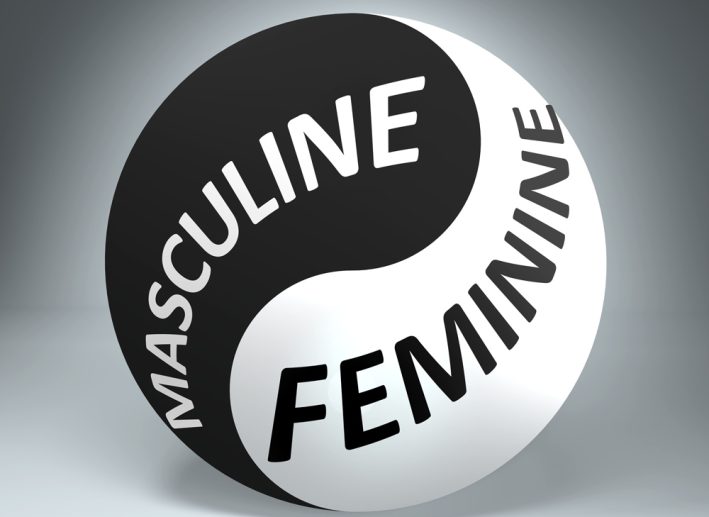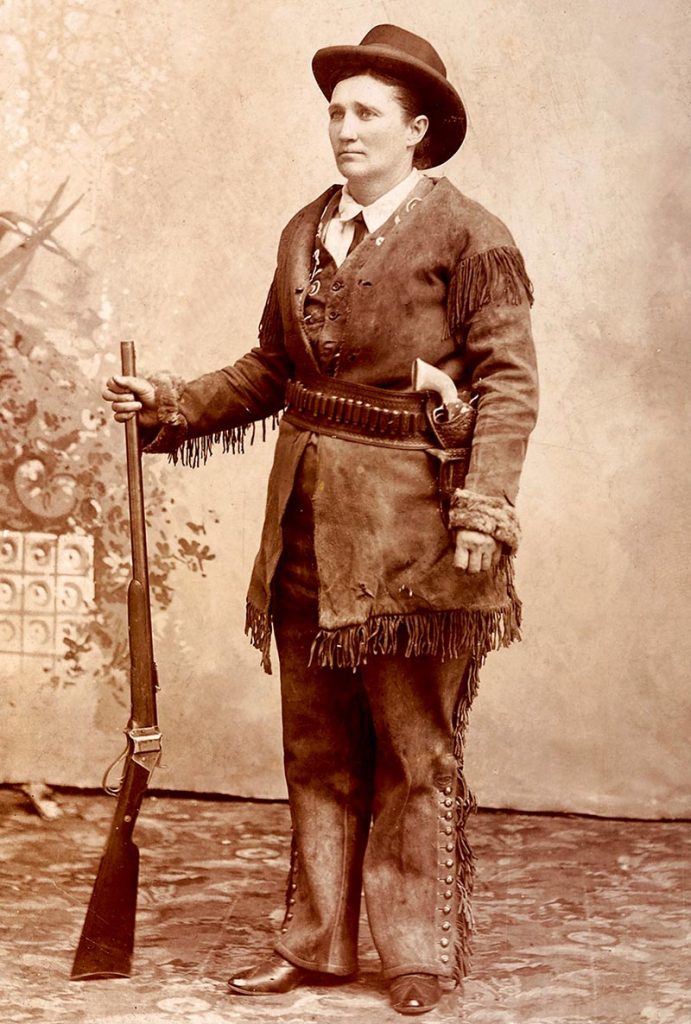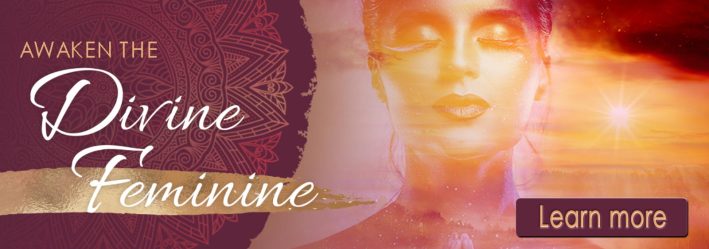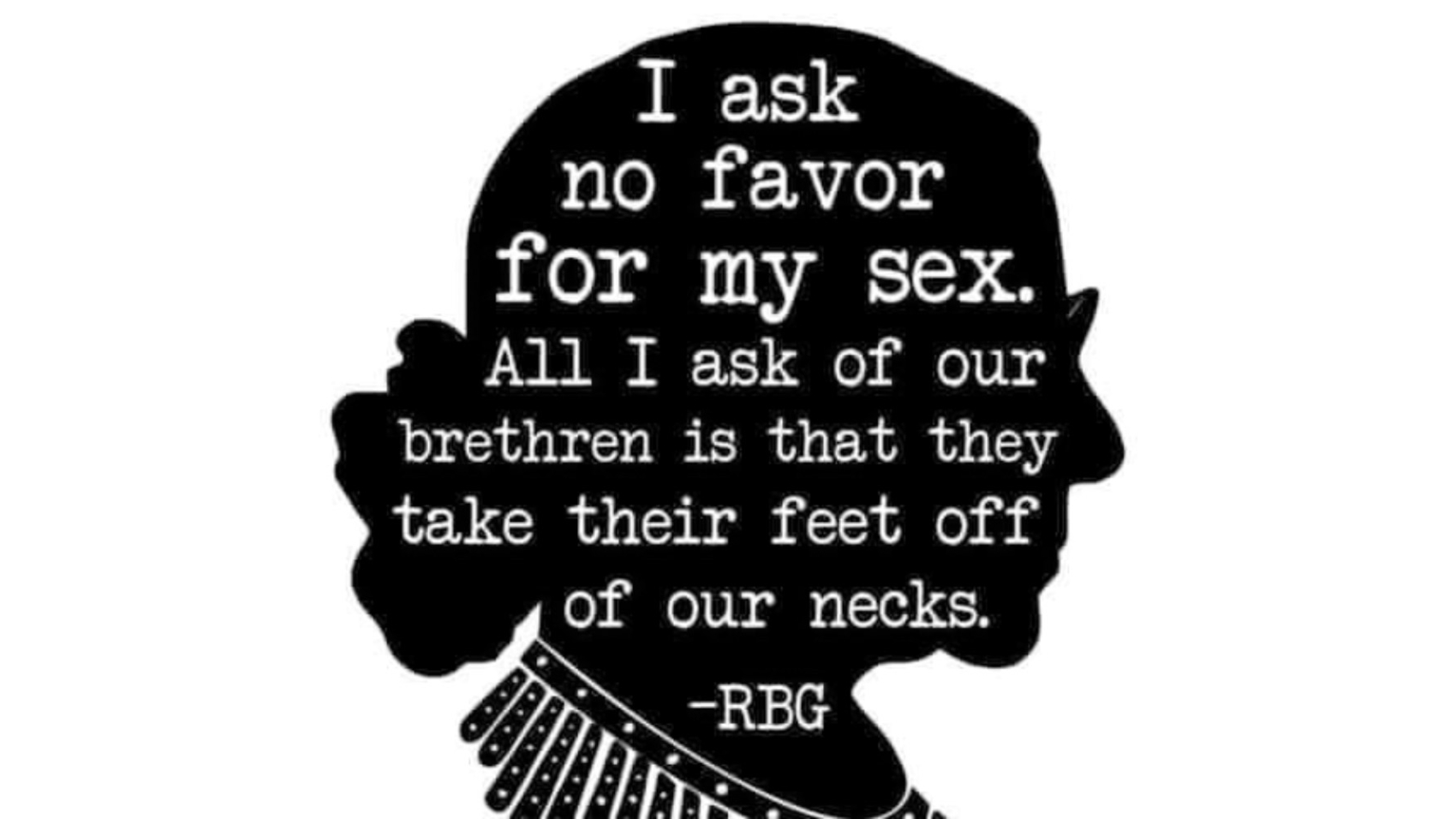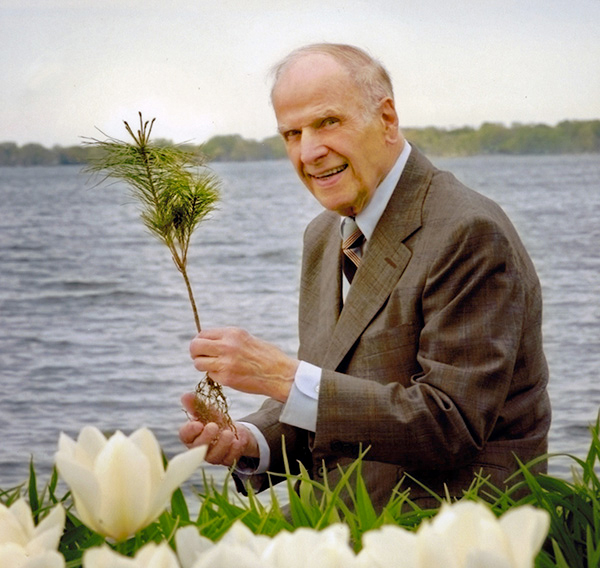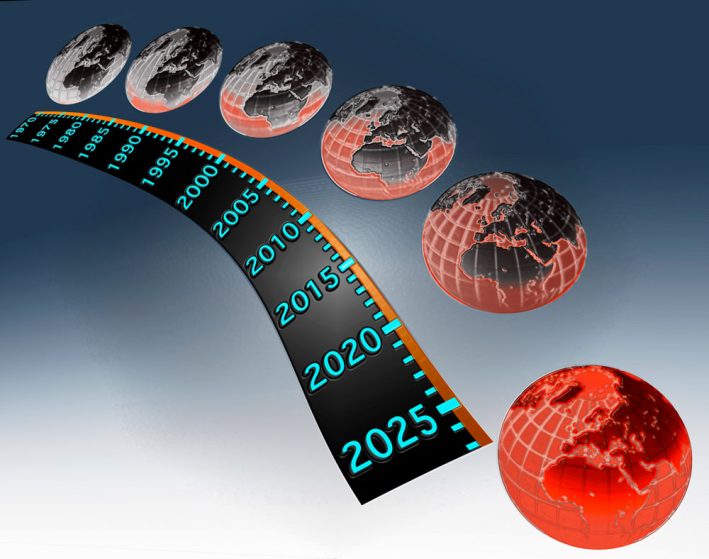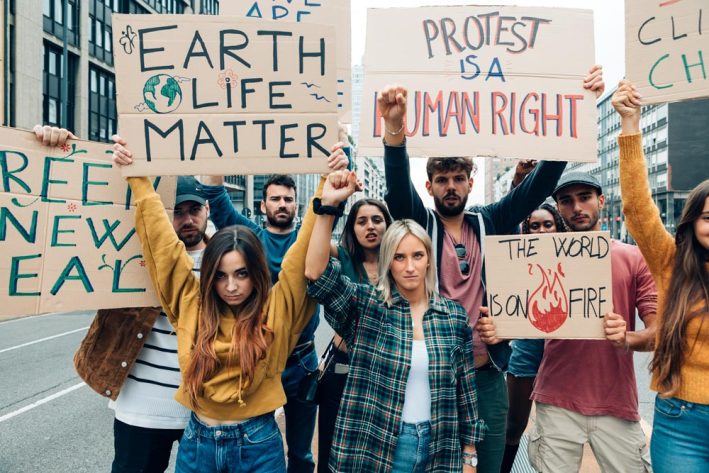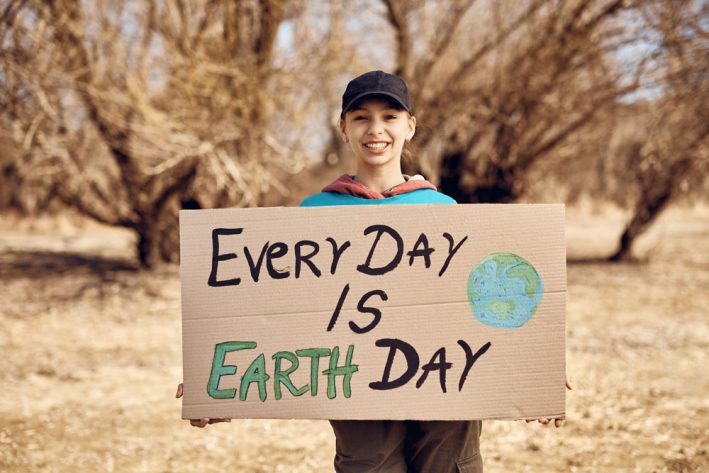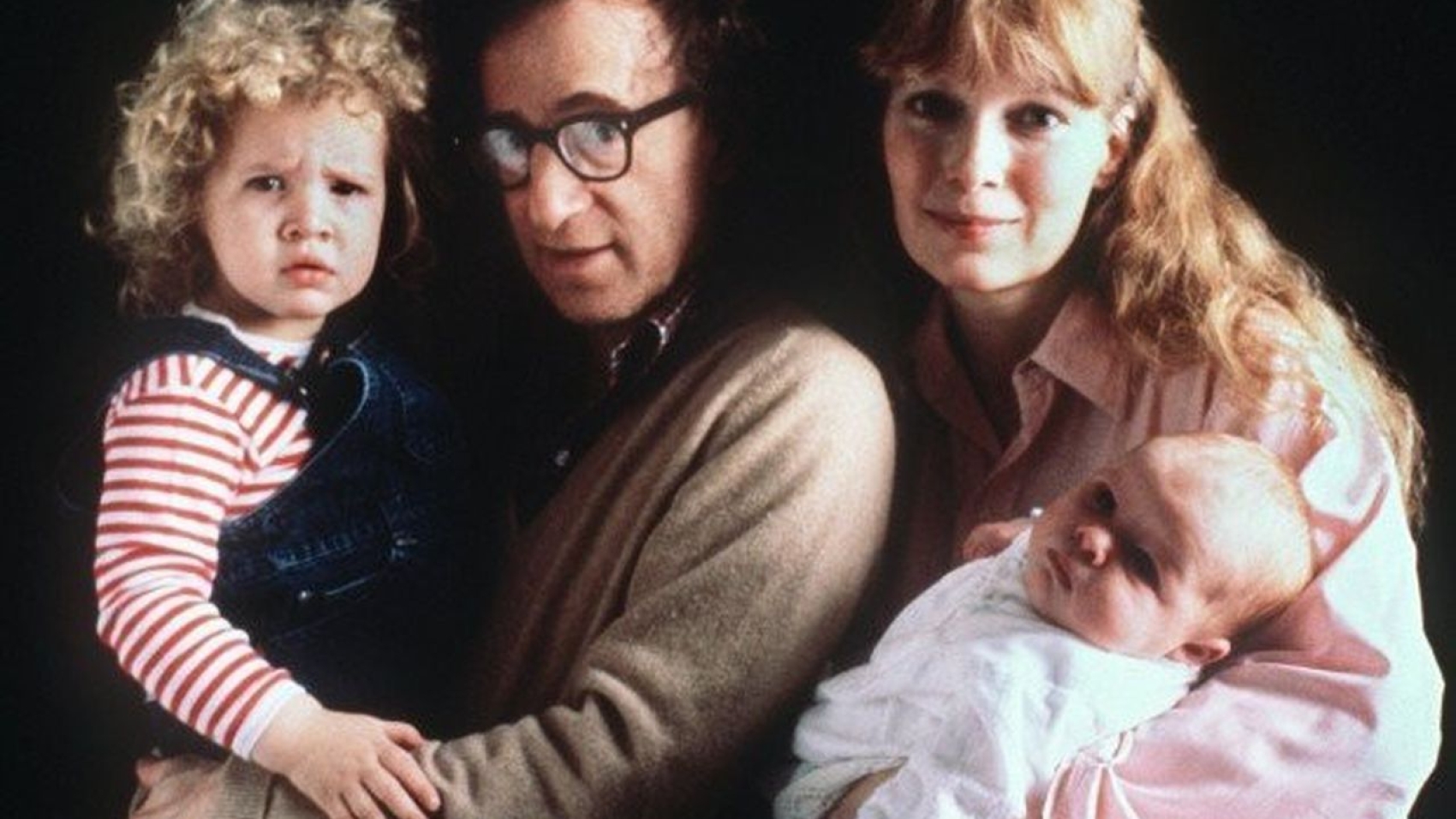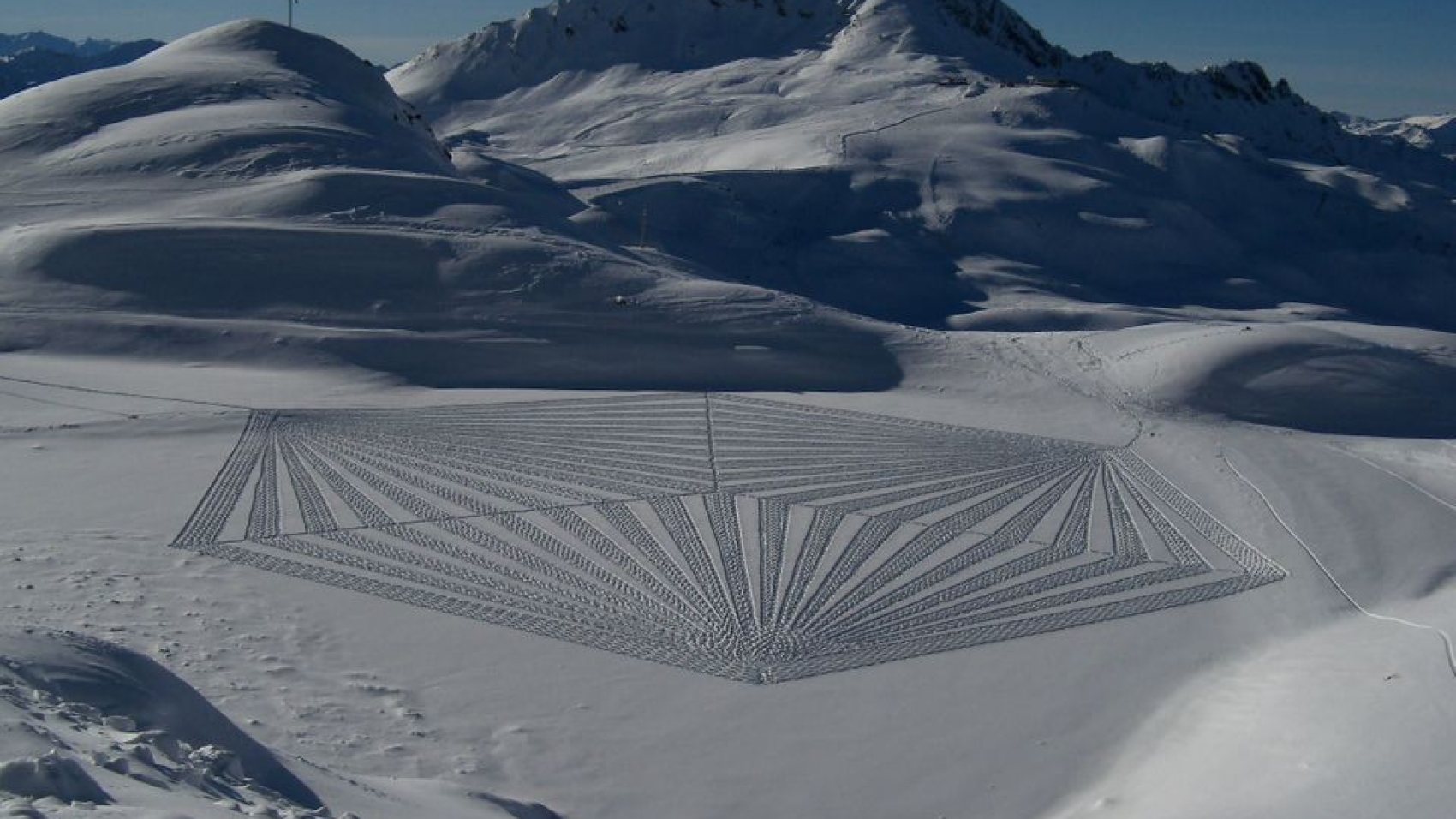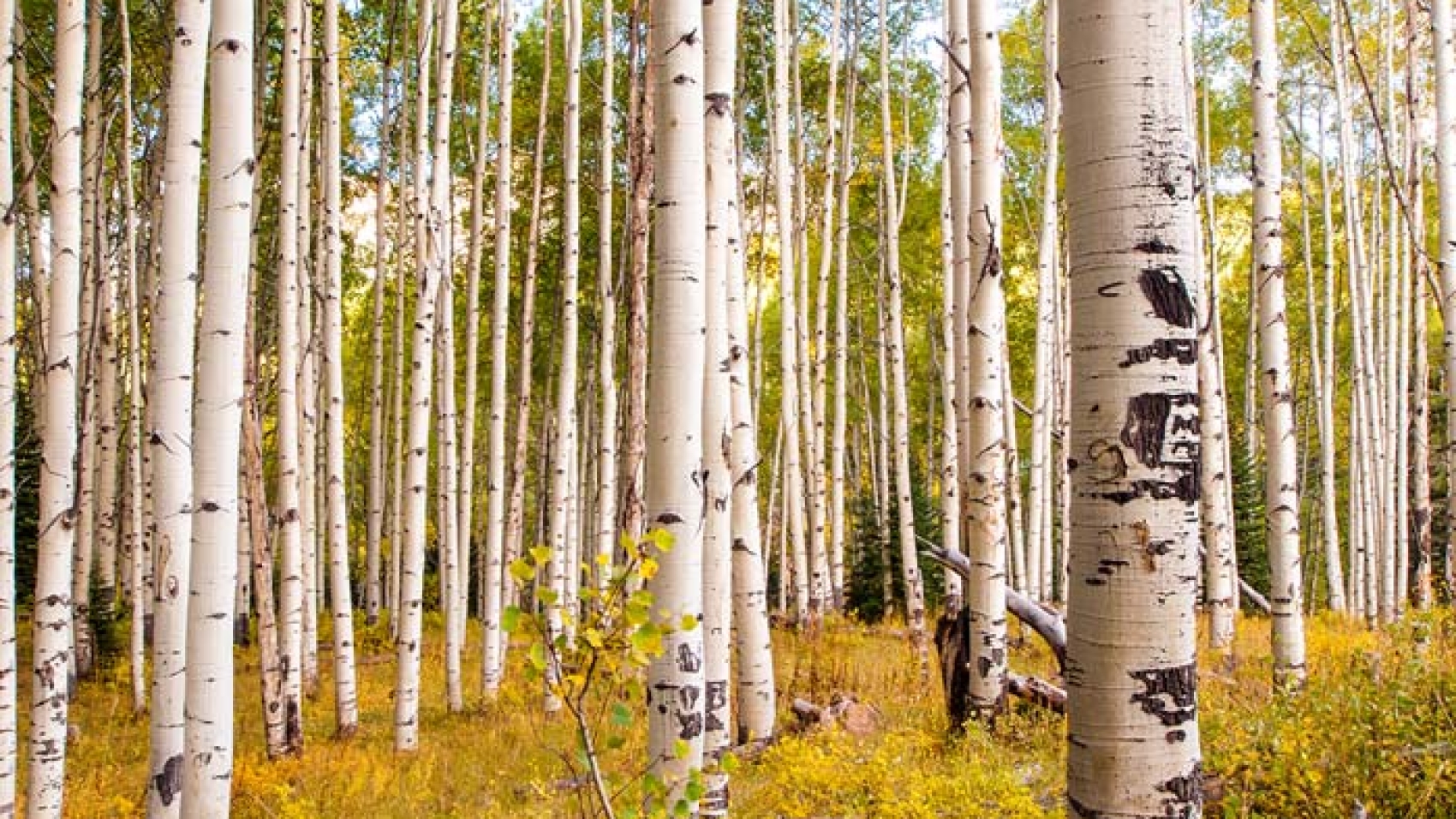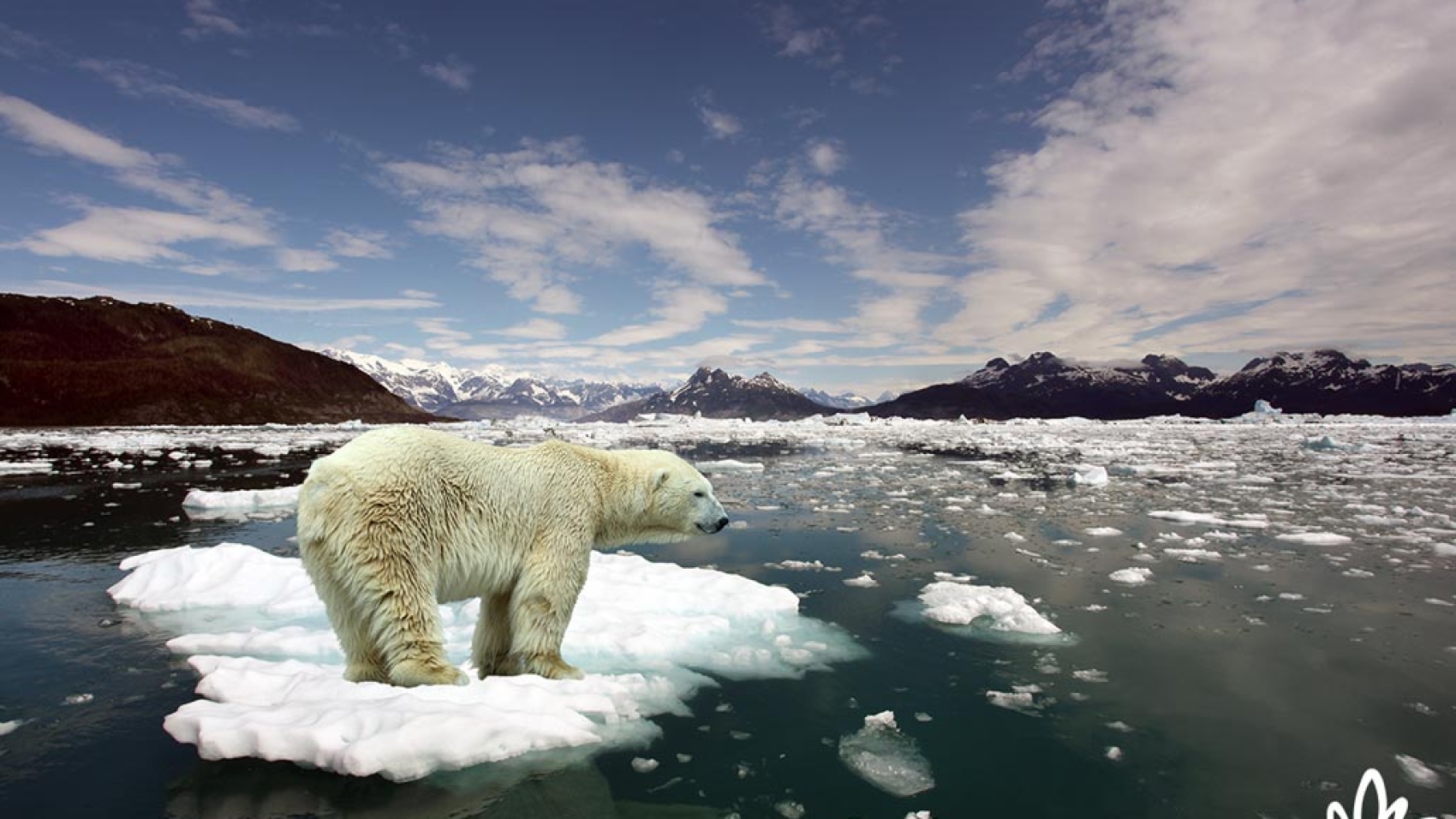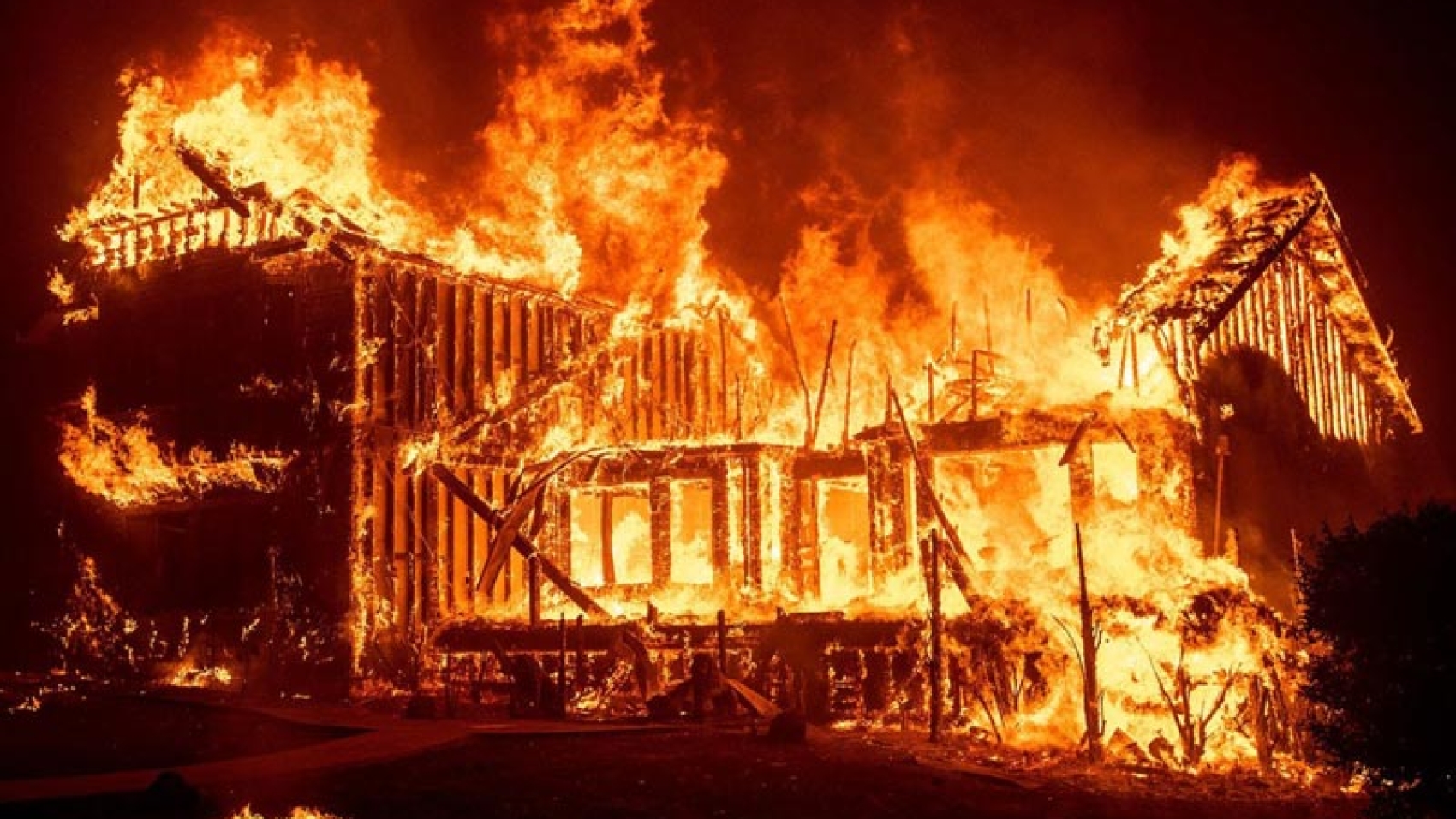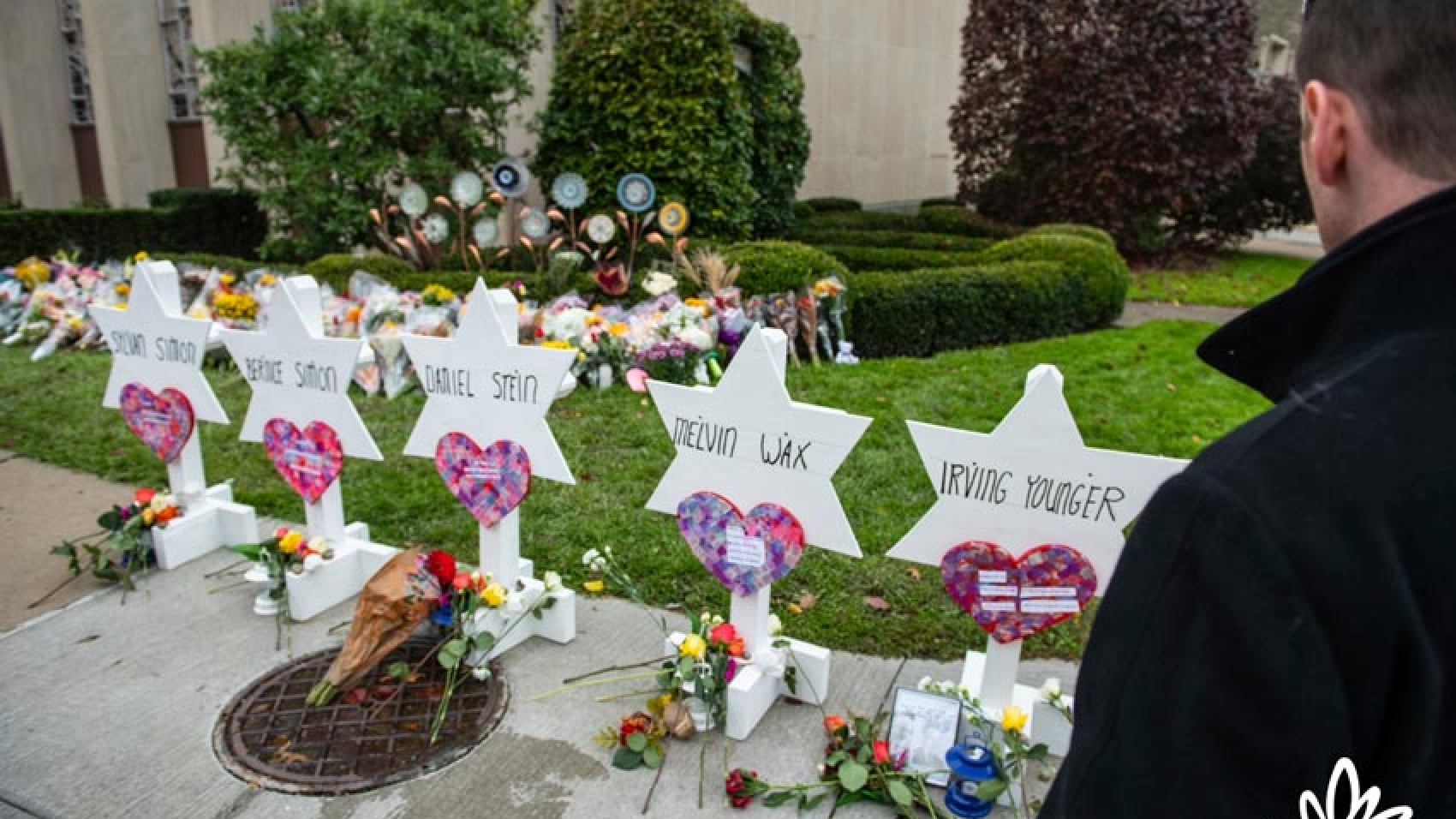The Arc of Justice
Woody Allen indicted in the court of public opinion
I can’t imagine watching a Woody Allen movie these days.
Everywhere you look, there are fingerprints of a finely-hidden monster, scrawled like graffiti tags, pulsing in the background of every film.
Barely ten minutes into his old comedy, Bananas, he makes a joke about “advanced child molesting.” And that’s not the only instance, not by a longshot. His scripts are peppered with disturbing and obsessive jokes about abuse, sexual and familial. It’s a real red flag.
I can’t watch his movies anymore, but I did watch Allen v. Farrow – the new HBO docuseries that takes a much-needed critical eye to the story of Woody Allen’s abuse of Mia Farrow’s adopted daughter, Dylan Farrow.
Now, many of you may not remember, but news of Woody Allen’s abuse hit the press back in 1992. At the time, this was a strange and salacious case, filled with “he said’s,” and “she said’s,” and “oh, she’s been coaching her,” and “this is blown out of proportion,” until the whole thing became a weird, unresolved footnote.
Woody Allen kept making movies and winning Oscars. Mia Farrow dropped out of the public eye. Then, in 2014, Dylan Farrow published a letter in The New York Times, pressing her case that Woody Allen had abused her. Again in 2018, she went public, detailing Allen’s abuse and asking, “Why hadn’t #MeToo come for Woody Allen?”
Now, three years later, here we are, with a withering documentary that strips away all of the “he said’s” and “she said’s” to reveal a stark and unflinching view of Woody Allen as a predator and a master manipulator. This is a chilling story of much more than rapacious pedophilia; it’s the story of the unbridled abuse of power.
It starts with Mia.
As I watched the documentary, I was struck by how insidiously Woody Allen dismantled Mia Farrow’s agency over their relationship. Over their thirteen years together, Woody cast Mia in thirteen of his movies. At first glance, that sounds innocuous. But then you realize that Woody Allen was Mia Farrow’s boss. He was writing and directing these movies, which meant he could nix her at any time. He changed her working arrangement so that his agent represented her. Think about that: her husband was now her boss, and she was required to use his agent.
He effectively had her under his thumb. Any money Mia Farrow made was through a Woody Allen project. This is a classic tactic of an abuser: cutting off independence.
Of course, as we know, it doesn’t stop with Mia Farrow. Through the documentary, it is clearly shown how Woody abused Dylan and then orchestrated a clever and forceful PR campaign to hamstring the investigation. To pre-empt the story of child abuse, Woody went public with his relationship with Soon-Yi Previn – Farrow’s other adopted daughter. This PR coup allowed Woody to reframe the abuse allegation as a form of retribution by Mia Farrow: the “spurned woman” who was trying to get revenge against Woody. For having sex with his other daughter. Seriously.
Look at that: Woody Allen turned an abuse allegation against himself into a weapon to hurl back at Mia Farrow. This is abuse of power on steroids.
It is difficult to parse out all of the wrinkles and turns in the investigation, but it becomes quite clear that the vaunted Yale-New Haven Hospital report, which proclaimed that Dylan Farrow was not a credible witness, was a sham. Nine times, a seven-year-old girl was forced to be interviewed by investigators about Woody Allen’s abuse to determine if her story had “any inconsistencies.”
Nine times!
If the story matches nine times out of nine, they cry “coaching.” If anything is inconsistent, they cry “she made the whole thing up.”
Tellingly, all the notes from each of these interviews were destroyed – something very much out of the ordinary. As this part of the documentary aired, it became quite clear that there were serious missteps in the execution of this report. While the documentary hints at potential cover-ups and potential political pressures by the Dinkins mayoral administration in New York City to quash the Allen inquiry, we don’t have the evidence . . . yet.
Woody Allen weaponized this Yale-New Haven Hospital report. He wielded it like a cudgel, suing Farrow for full custody of their children, and suggesting Farrow had coached Dylan and was an unfit mother. The judge, thank God, would have none of it; the court confirmed Mia as a fit parent and said Woody was a threat to Dylan Farrow’s safety.

Look at that. When Allen’s smoke-and-mirror defenses were put before a court of law, they came crumbling down. Which is why it was so disturbing that Woody Allen has never been tried and convicted. For the last thirty years, he’s used his celebrity power to dodge the court of law and has confused the court of public opinion.
This is why Allen v. Farrow is such an important documentary. Through this unflinching lens, the series dismantles Allen’s defenses on small screens across the country, cutting his defenders off at the knees.
It is said that the moral arc of the universe is long, but it bends toward justice. Woody Allen has managed to keep that arc at bay for thirty years. But thanks to perseverance from Dylan Farrow, and the investigative journalism of Allen v. Farrow, that moral arc has broken back toward justice. Once again, the court of public opinion has become the court of last resort.
When Mia Farrow and Woody Allen were in the midst of separating, he told her that she’d never work in this country again. He blacklisted Mia Farrow for speaking out against his abuse. To this day, she still fears him.
Now, the truth has finally caught up to him. As a result, he’s not found an American distributor for his recent movies. His publishers have pulled out of book deals. I don’t know if he’ll ever see the inside of a jail cell, but, with this documentary, that’s okay, as sunlight is the best disinfectant. The light of truth is wiping away the obfuscation of his abuses against Mia and Dylan. And in bringing these charges to light, Allen’s power withers away.
I invite you all to watch Allen v. Farrow to fully understand how serious and credible these allegations are. Then shake your head that, once again, we, for a bit, let celebrity trump our own instincts for truth. Now, may the truth heal Mia Farrow and her children.
A Yantra in the Snow
It was a cold, bitter day, many years ago, that I found myself walking through New York City during a snowfall. For those of you who haven’t seen New York in a snowfall, it’s beautiful for about ten minutes. Then it melts into a mudslide. Suddenly, there’s brown and black mud-snow everywhere. Cars whoosh it up onto the sidewalks. Slurries pool at crosswalks, threatening to engulf any pair of shoes (and half of your pants) as you foolishly plunge in.
I didn’t know this. But I quickly learned when a pair of my jeans went from indigo to khaki thanks to a speeding cab. And I was not happy. My energy field, in retrospect, became muddied, as I repressed these feelings of irritation. As I walked through the streets of New York, I found myself becoming more frustrated. Colder, wetter, dirtier. Not a hot chocolate or caroler in sight.
Fran Lebowitz on her new Netflix special said, “it would only take one subway ride to turn the Dalai Lama into a raving lunatic.” Friends, I’m not proud to say it only took a few blocks walking to make me feel the same.
That is, until I happened upon Lincoln Center. I was walking up Broadway, battling the muck, when I looked to my left and saw a scene practically out of a snow globe. A perfectly framed plaza, covered in sugary snow, flanked by the ballet on one side, Juilliard on the other. Holding the whole scene together: The Metropolitan Opera, gleaming with its modernist arches and welcoming glass.
I didn’t know where I was. I looked to my right, and all I saw was a streaming line of cabs, brown snow, and palpable anxiety. To my left: a pristine palace. I meandered on over, kicking my way through the snow, across the plaza and into a grove of trees, bereft of leaves. I looked down: where my feet had not yet stepped, the snow lay as pure as pristine powder. I looked behind: where my feet once were, the snow had been compressed. Compressed, but still pure and white.
I don’t know what energy came over me, but I put my foot out, and began moving it across the snow. Slowly. Slowly in deliberate lines, I found myself weaving a geometric picture underneath the trees. A picture of a few interlocking triangles, then a star.
The drawings didn’t stem from my conscious mind; rather, it was the pull of my unconscious that manifested onto the snow.
You’ve heard of the term mantra. Mantra refers to a word or sound that is repeated in meditation. What you may not have heard of is yantra. Yantra is a mystical diagram used as an aid in worship, ritual, or meditation. While the term comes from India, we certainly could use “yantra” to describe mystical symbols we create all the time. A drawing of the cross. The Star and Crescent. The Star of David. Magic Circles. When we focus our energy through these drawings, we augment our own energy as well, as tap into sacred energies beyond ourselves. The act of drawing and ruminating upon the drawing is ritual. It is meditation. Connection.
And that is what I was doing, moving my feet in the snow. I was drawing upon that clean, unvarnished energy to clear, charge, and balance my energy field that had been contaminated by my unprocessed emotions. I was channeling myself into this subconscious yantra: blessing myself, blessing the land, and giving thanks to this respite in the middle of Manhattan.
The snowfall quickened as I finished my design, and even the prettiness of Lincoln Center couldn’t thaw my frozen fingers, so I bid adieu to the plaza, and headed back uptown to my hotel.
As I walked away, with the snow quickening, I couldn’t help but wonder, “would anyone happen upon my drawing?” If they did, would they appreciate it? Would this design grant them the same serenity that it had granted me?
Or, perhaps, would it be best that it be covered with new snow and washed clean again? Would it be best that it be returned to a blank slate so that another weary traveler could marvel at the unexpected grace of an undisturbed block of New York in snowfall?
Give thanks for the unexpected. Embrace the energy of a gift freely given. Plant the seeds of another for a stranger.
Be the snowfall in a forest. Be radiant. Be peace.
The Collective Unconscious – Our World Tree of Emotions
I was driving through Colorado last year, on my way to a wedding. I love weddings: young love in full bloom, familial love growing stronger; weddings are beautiful celebrations of love’s connectivity. The love is infectious.
As I was driving to the wedding, driving away from Denver and into the thin air of the Rockies, I passed groves of aspen trees. Thin, white, spindly. Like a whispering wood of spirits that guarded over the mountains themselves.
I had seen these groves before, and I certainly wasn’t the first to be moved by their quiet gravitas – John Denver beat me to it in Aspenglow by a few decades. But as I passed the aspen, I couldn’t help but feel that there were fewer groves than I’d seen previously. Where once there were ranks of groves of aspen – like a silent army of trees – there now appeared sparser outcroppings – a scouting party of aspen.
It turns out that aspen trees aren’t individual organisms. In a grove, each “tree” is a genetically identical “shoot.” All shoots are connected through an extraordinarily rich and detailed root structure. When you look at a grove of aspen, what you’re actually seeing is one giant organism – one giant tree dispersed among the thousands of shoots.
Aspen have been fading in Colorado mostly due to severe drought. When the waters dry up, the aspen die. Because they are interconnected, death affects the entire grove. The pain is experienced by the whole, connected organism – not just the individual shoot.
We wouldn’t know this simply by looking at the trees. We’d simply marvel and wonder how all these individual trees died all at once. Because we’re only looking at the surface. It’s only when we dig deep enough to see the vast, collective consciousness of these aspen can we see how they live and thrive and wilt and die as one.
I am reminded of the retreating aspen when I think about us today. We, all around the world, are hurting. Many of us are sick. Many have died. And many of us mourn the loss of the ones we love. We’re suffering. And while we know that there are millions around the world – just like us – carrying this burden of suffering, we somehow believe that our pain is contained only within ourselves. Our sickness is contained in just our own little shoot. Even though the shoot next to us is also in pain. All the shoots are sick. But we believe that the pain, the grief, the anguish is individual.
Carl Jung, one of the founders of psychology, posited that there existed a vast collective unconscious. Each individual’s psyche was a persona that emanated from this collective unconscious. This “world spirit” was the birthplace of our archetypes of father, mother, safety, danger, hero, and countless others. We, then, are primed to analyze our world through these hard-wired archetypes.
I want to take this one step further. This collective unconscious isn’t merely responsible for how we perceive the world; it’s a profound energy feedback loop that connects us all with each other. It’s our aspen root network. Look around: even in people who have been lucky enough to avoid the coronavirus, rates of mental illness have been skyrocketing. Anxiety, depression, and substance abuse have all increased. As individuals, we suffer when the whole of the world suffers.
There is a blight upon our connected unconscious – a blight that began with a virus whose initial pain sent shockwaves and secondary tremors through our collective psyche. We’re feeling the anxiety of the world.
Why is it hard to recognize this? Perhaps it’s because we’ve come to respect our own crucial roles in this pandemic. Each of us knows to mask up, wash our hands, stay six feet away from each other. We’re critically in tune with our own, singular bodies. But because we’ve been so focused on how we operate as individuals, we’ve lost sight of how we operate as a collective. And therefore we get surprised and confused when anxiety or depression is upon us. “I’m healthy,” we think. “I exercise, I wash my hands. I do yoga and take my probiotic. So why am I so scared?”
We’re scared because the grove is scared. We’re anxious because a soul we’re connected to is anxiously awaiting to see if her mother will make it off a ventilator. We’re depressed because another connected soul can’t see his grandchildren for the holidays. We’re sad because our collective soul is sad.
So what do we do when we know that there is a blight upon our grove?
I think back to my trip to Colorado, about driving away from the aspen and up to the wedding. I think about all the smiles, the tears, the dancing, the kisses, and the relationships strengthened at this celebration of love.
And I remember feeling invigorated and filled to my fingertips with love and generosity.
So my answer is to love. Love yourself, love your neighbor. Love your dog, your cat. Push the love out there like rain in a drought. Replenish your grove, because it’s the only grove we’ve got.
Join me, if you can, on a journey where I show you how to focus the energy of love and light into healing. Our medical intuition course will help you activate your higher heart, so that you can share that positive healing light with the world. Our class just began, but there’s still time to jump right in! We’re saving you a seat!
Connect with yourself. Connect with the world. And let the healing begin.
Earth Rising: How the Pandemic is Breathing New Life Into the Planet
Today is Earth Day. And the Earth is smiling. It’s saying, look at my clear skies in cities known for industrial smog and air pollution as people stay home and fewer cars are on the road and fewer planes are in the sky. It’s saying, look at my waters running clearer than they have in ages. It’s saying, look at how animals are reclaiming their habitats. You can hear the birds singing in places that have heard only the sounds of traffic for eons. Look at how the hole in the ozone layer is closing. The economic slowdown has been hard for people, but look what it has done for the planet!
And then the smile stops. Earth says, can you see it now? Can you see how humans have created climate change? And can you see how this coronavirus, this Covid-19, is related to climate change?
Climate change matters. It’s as real as the struggle to breathe is for those suffering a bad case of the virus. The more we humans pollute the earth, the more the planet heats up, the more risk there is of pandemics. Recent decades, with a burgeoning human population and a more polluted earth, have seen more infectious diseases, most of which enter humans from animals. And since we live in a global community that travels far more readily than any previous time in history, these diseases are also globetrotters. And the density of humans living in cities makes for fertile ground for sharing an infected sneeze.
Cutting down large swaths of trees, especially deforestation of the Amazon (which acts as the lungs of the earth), changes animal habitats. When animals migrate, they share germs with other animals and people. When the forests in West Africa were cut down to grow palm oil trees, the bats that carried the Ebola virus lost their home and wound up transmitting the virus to humans. A virus that doesn’t harm its original host can turn into what we are seeing today with Covid-19, with projections of hundreds of thousands of human deaths.
Air pollution, a major factor in climate change, has been clearly shown to worsen the risk of pneumonia. Those who breathe dirty air have double the risk of dying from respiratory infections, as do smokers. Even the short-term decrease in greenhouse gas emissions as people around the world “shelter in place” has shown us what can be done if we stop using fossil fuels and harness electricity from wind and solar energy. Imagine what a major decrease in air pollutants we will have. Fewer heart attacks and stroke, less diabetes, fewer untimely deaths.
The U.S. spends over three trillion dollars a year on health care. By reducing air pollution, as well as eating less meat, stopping smoking, and exercising, we could pay fair wages to all workers, invest in education, take care of crumbling infrastructure, and make life a lot better for everyone. What we can’t afford is not to do anything about climate change.
As an energy healer, as a spiritual seeker, you know how energy works in a person. You can extrapolate that understanding to the way energy works on the planet, to seeing the connection between climate change and viruses. And today, on Earth Day, take a moment to send your thoughts, prayers, and meditations toward all of Earth’s inhabitants—its people, especially it’s health care workers, animals, and plants—that we may all work together towards a cleaner, healthier, lovely blue planet.
Light Pollution: What it Does to Your Body/Mind/Spirit and 5 Easy Ways to Reduce It
In 1994, just before dawn, an earthquake hit LA and caused a city-wide power outage. Many residents who ran out of buildings for safety called 911 to report a mysterious cloud overhead in what was an otherwise clear night. That cloud turned out to be the Milky Way, our own galaxy, hidden for many years by the city’s lights.
We try to light up the night sky for a simple reason: we humans don’t see very well in the dark. But where a little light is a good thing, too much light, or the wrong kind, negatively impacts us, causing a host of undesirable effects, most notably, breast cancer.
The 24-hour cycle, or circadian clock, affects physiologic processes in all living things. These processes include brain wave patterns, hormone production, cell regulation, and other biological activities. Disruption of that rhythm results in ill health, unhappiness, and angst at the soul level.
Melatonin is a naturally occurring hormone which is released in the dark and inhibited by light. While any light at night can interfere with its production, the short blue portion of the light spectrum suppresses melatonin the most.
Exposure to our artificially extended daytime in the modern world leads to sleep problems and sleep problems cause weight gain, stress, depression, diabetes, and cancer. The American Medical Association has recognized light at night as a carcinogen.
The excess light we create in our environment endangers all ecosystems by altering biochemical rhythms that normally ebb and flow with normal light patterns. Perhaps more importantly, we’re losing our connection to the night-time sky, a sky that our ancestors depended on for connection to the cosmos. We lose something essential, some part of ourselves, when we fail to connect to the dark sky and its planets and stars.
Though it’s not as dramatic as a chemical spill, light pollution now rates at the top of the list of chronic environmental issues. In 2016, reputable scientists reported that 99% of the United States and Europe experience light pollution. A third of the planet can no longer see the Milky Way and light pollution is increasing at the alarming rate of 2% per year.
Perhaps even more disturbing is the absence of awe when the night sky is no longer part of our lives. Philosophers have long written about the sacredness of the night sky and its impact on us; somehow a half-lit smoggy sky filled with light pollution just doesn’t take our soul to that place of wonder.
What can you do to preserve the night sky and your health and well-being? Here are 5 easy steps to take:
- Get new light bulbs. LEDs are great for saving energy (and money) but check to ensure that your bulbs are not using the blue-white spectrum. Find lower temp LEDs and compact fluorescents.
- Turn off blue light devices an hour before bedtime. That’s your TV, your iPad, your phone. If you use a reader, use an app that filters out the blue wavelength. That absence of blue light which normally would begin at sundown will allow melatonin to increase, which will lower your body temp, slow your metabolism, and increase leptin, the hormone that reduces appetite. (It was important for early humans that they didn’t get hungry in the middle of the night, because if you’re out foraging for food, you become food) Increased leptin levels play a role in avoiding cardiovascular disease, diabetes, depression, and cancer, especially breast cancer.
- Make sure your bedroom is completely dark. (Turn off the TV!)
- Turn off or shield outdoor lighting at your home.
- Talk to the governing agencies about light pollution in your area; be the one to spear-head a light ordinance or enforce the one already on the books.
Finally, if it’s been a long time since you’ve seen a truly dark night, make plans to go somewhere soon where you can. I spent the Thanksgiving holiday camped at Joshua Tree National Park and I can still feel the grandeur of that night sky. Try it for yourself, it will fill your soul.
Our Collective Future is in Our Collective Hands (What Part Will You Play?)
Here’s a scary thought: what if reincarnation is real and in your next life you will be living on a planet that’s been decimated by global warming? If you don’t believe in reincarnation, just think about what it’s going to be like for your kids/your siblings’ kids/your friends’ kids.
Cities you once knew and loved under water. No snow in Alaska. Even the mighty dollar couldn’t save Wall Street as lower Manhattan sank beneath the waves. Whole swaths of what was once farmland are gone, burned to a crisp by the unrelenting sun or swallowed up by rivers permanently overflowing their banks. Florida is a thing of the past. Category 6 hurricanes have leveled all the Caribbean islands, making them uninhabitable. Wildfires have destroyed the last remnants of California and the Rockies. Whole species have vanished. Drinkable water is scarce.
It’s an apocalyptic horror movie. And we see the early warning signs everywhere we look.
Scientists all say that the Earth’s climate is warming up. Glaciers are melting, causing oceans to rise. Your local climate might be getting colder winters with bigger snowstorms, while other places get torrential rains, or more powerful hurricanes, or unbearable heat.
The Earth’s climate is always going through changes over long periods of time. Some of those changes are natural. A volcano erupts and darkened skies cause cooling. But we humans are also changing the climate, and on a much vaster scale, with our cars and trucks, with our heating and cooling systems, airplanes, cooking, all through the use of fossil fuels: coal, oil and gas. And let’s not forget methane from cattle, another giant problem that comes from our outrageous demands for beef. The greenhouse gases that enter the atmosphere cause the air to heat up, and change the climate; we call it “global warming,” both locally and around the planet. Carbon monoxide, the main heat-trapping gas, stays in our atmosphere for centuries.
We still may be able to limit the worst effects of climate change, but only if we can reduce the amount of greenhouse gases going into the atmosphere, and by learning to adapt to the changes that are already in motion. And because it is an exceedingly complex global problem, we all have to agree to cooperate with each other. And to forego the pre-eminence of the profit motive over the welfare of humanity as a whole.
So what can you do? Each one of us needs to take a step a month. I just got solar. Maybe you can go for an electric car or plant a tree. Trees have an almost magical ability to pull carbon dioxide out of the air and capture it, and, in exchange, to release oxygen into the atmosphere. They clean up our mess and provide pure breathable nourishment. It’s the reason everyone was so horrified at the massive burn in the Amazon rainforest, which has been likened to the lungs of planet Earth, providing carbon offset and a source of clean air.
But did you know about The Great Green Wall of Africa? This initiative, along 6,000 miles at the edge of the Sahara desert, will eventually be the largest living structure around the world. The local population was facing the impact of climate change with long-lasting droughts, not enough food, and there was fighting over the remaining natural resources, so they decided to plant trees—a lot of trees. A decade after it was started, those trees are growing fertile land, providing food security for millions of people, refilling wells for improved water security, empowering women with new work opportunities, giving families green jobs with real incomes. Here, where temperatures are soaring upward faster than anywhere else on the planet, the Great Green Wall is a symbol of what can be done to support the Global Sustainable Development Goals.
Earlier this year, a million Indians planted 220 million trees in one day. A few years earlier, 50 million saplings were planted in a single day. Last year, China assigned 60,000 soldiers to plant trees in the province that circles Beijing, an area the size of Ireland, in hope of combatting some of the smog that frequently blankets the city. In the U.S., organizations like The Nature Conservancy are tackling climate change through natural solutions—growing trees, protecting grasslands, restoring wetlands, and improving agricultural practices and soil health.
There are so many ways to be part of the solution. Join me on Thursday, 10.24.19 at 2:00pm on Facebook Live to learn of other ways you can have a positive influence on the future of our planet, she’s all we have!
California is Burning
California is burning, and it’s all too much. One day a dozen people are gunned down a couple of miles from my home during a college country music night, and the next day fires erupt on both sides of me. Lives and homes are turned to ash while politicians point fingers of blame.
I’m still under a mandatory evacuation order, as the Woolsey Fire rampages through my portion of the California dream. I have heard my house is safe, so far. Fortunately, I have a temporary set-up that’s working as well as possible from the inside of a van. Tiffany, who has worked for the Deborah King Center for a decade, has lost her home. You can help Tiffany get back on her feet here.
My heart bleeds for the sorrow and loss so many are experiencing—sometimes loss upon loss: a loved one murdered while dancing followed by the loss of a roof over your head and all your belongings going up in smoke.
Think for a moment. What would you take given less than five minutes to pack and evacuate before the flames reach you? Without a doubt, after securing “everything with a heartbeat,” your phone and laptop are at the top of your list of inanimate necessities, even before underwear and a toothbrush. But you can’t be too attached to anything or you won’t get away in time.
It’s far too much to think about for being cremated in a car like those poor folks in the Camp Fire in Paradise. Those images will continue to haunt us all.
Fire has to be respected. And so does air—the autumn Santa Ana winds that fan the flames and send sparks and cinders in all directions. And water, that life-saving element that can douse the flames. And earth—the poor scorched landscape that actually needs fire to regenerate. And ether, the most subtle of the elements, the space filled by the other elements. We have lost touch with the elemental parts of our lives.
Each element is vital to our life. When we die, there is a progression of how each element leaves our body until we exhale that very last breath of air.
But what we are seeing these days is “it’s all too much” in terms of the elements. Fire, which gives us energy and transformation, explodes in massive firestorms. Air and water, necessities in life, become deadly hurricanes and widespread flooding. The earth is telling us something, but are we listening? The clock is running down before climate change turns our world yet more inhospitable.
It’s too much really. It’s hard to take it all in: the death from guns, the death from fires, the death of the way in which we used to know our planet.
There is a silver lining, however. When there is a disaster, like the wind-driven blazes we are experiencing here in California, for a moment in time all hearts beat as one. Doors open and strangers are invited in. The ordinary becomes the extraordinary and heroes arise. A drive someone has taken every day of their life suddenly becomes a passage through the inferno of hell, while singing to a child in the back seat to keep her calm, and those who watch the video have to be hard-hearted indeed if tears of compassion don’t well up and spill over.
Does your heart cry out to help those impacted by the fires? Here’s what you can do:
- Help Tiffany – giving a hand to one person is giving to all.
- Donate to the Wildfire Relief Fund, a California Community Foundation.
- If you are in the local area, volunteer to help. Go to ca.gov to learn where your services might be best put to use.
- If you want to sign up to host emergency shelter in your home, the Airbnb Evacuee Program for the survivors of the fires in Ventura, Butte, Los Angeles, Santa Barbara, and San Diego counties is looking for temporary housing through November 29th.
- If lost and frightened animals call out to you, the Humane Society of Ventura County needs your support.
- Don’t forget these valiant firefighters who risk their lives and their health for our safety. Donate to the California Fire Foundation to provide emotional and financial assistance to families of fallen firefighters and to victims of the fires. Over 50 firefighters have lost their homes in Butte County, and yet they are still out there battling to save others’ homes. And the Disaster Relief Fund of the International Association of Fire Fighters helps those on the front lines and their families.
We really are all in this together. Today it’s us here in California. Tomorrow it could be your neck of the woods, your loved ones, your home, your life. Give something, do something; be part of the change for the better.
Pipe bombs, assault rifles, and dead worshippers
The time has come to take the bull by the horns and deal with a situation none of us likes and yet many don’t know what to do about it. I’m talking about the difficult and dangerous rhetoric being spouted in every direction that leads directly to pipe bombs, assault rifles, and dead worshippers in a house of God.
As a spiritual teacher, I usually remain neutral, seeking the good at the heart of all. But we are headed down a treacherous path and it’s time for each of us to take a stand, express our opinions, make our voices heard to try to save our country and those who live here. Those who are trying to get here to escape precarious conditions in their own country may find themselves facing military personnel bearing arms rather than the open arms of Lady Liberty.
Actions start with words, and these days civil discourse has all but died. In the past, there was an arcane concept called public debate, where opposing arguments were put forward, the matter was deliberated, with each side putting forth the best defenses of their position. Each side listened to and responded—politely!—to the other. The two sides might have disagreed, but neither party reacted with hatred and vitriol to the other. You could have a difference of opinion without being enemies.
Now we find ourselves in an era of incredibly nasty name-calling, horrific personal attack ads, and in-person physical attacks that are praised by those in power.
Politics and culture wars have become so divisive and destructive we’ve become untethered from our values. And it starts at the highest level of government, with a head of state who attacks the opposition—the opposition being anyone and anything that doesn’t kowtow to him, doesn’t kneel and touch the ground in submission. By labeling his opponents as evil, by mocking them publicly, by refusing to recognize the truth, by leading with fear and divisiveness, our so-called “leader” has inspired the violence we see today. He has inspired the unhinged folks who seek death to the enemy—whether that enemy is a politician, a journalist, or a group of brown-skinned women and children.
When the populace isn’t well-educated, when reading has given way to sound bites and memes, when the country’s “leader” speaks from the gutter, with no moral ground to stand upon, he gives the crazies all the permission they need to kill. It’s a well-known fact that human beings imitate behavior and that is a key problem today.
Recently Chris Matthews, a political commentator on MSNBC, shared a story that got me thinking. He’d returned to his hometown in Pennsylvania for an event and had a chance to speak with a number of middle school teachers. What he learned was troubling. Teachers told him about how disrespectfully and hurtfully teens talk to each other these days, in ways these veteran teachers had never seen before. Even worse, these teachers bemoaned what happened when they called their students on such unacceptable behavior. They responded with a shrug of the shoulders and a chilling defense: “Everybody does it, even the President.”
Our past presidents, red and blue, unlike this one, didn’t encourage getting down and dirty by duking it out in the mud. Truth mattered and was valued by people on both sides of the aisle. Our cherished first amendment—freedom of speech, freedom of the press, freedom to assemble peaceably, freedom of religion, and freedom to petition the government for a redress of grievances—have all been shoved aside. Only one thing matters to this presidency . . . winning. Winning personal accolades, personal wealth, and unchecked personal power.
When politics is untethered from values, it debases all of us. When immorality, disrespect, and unprincipled standards are encouraged, when fiery words incite violence, when personal power is upheld at our expense, we are on the road to ruin.
So what can each of us do?
Right now, the most important thing we can do is to VOTE on or before November 6th. And we must align our vote with our core values to counteract the amoral standards being set before us as the example to follow. If we vote for candidates who support this kind of demagoguery (a demagogue is a political leader who seeks support by appealing to prejudices), we are condoning violence.
What else can you do besides vote? Encourage others to vote. Knock on doors for candidates you believe can steer us in a better direction. Volunteer to drive others to the polls. Talk and FaceBook and blog about your concerns. Don’t hate on the opposition. Talk about what you like about the candidates you support instead of dumping on the ones you don’t like.
Whatever you do, whatever your politics, seek the high road rather than the low one, and align your choices with your higher self.
If you’re looking for endorsements, you’ve come to wrong place. Each of us will vote red or blue, yea or nay in the privacy of the voting booth, which is our right, our responsibility, and our privilege.
Last week’s rash of pipe bombs, an act of domestic terrorism and political violence, the recent devastation at a Pittsburgh temple by someone who blamed Jews for that pathetic migrant caravan, are but the latest worst-case examples of why our private decisions in the voting booth couldn’t be more important.
Let’s vote for more light, a higher consciousness, and heartfelt consideration for all. But above all, vote!

